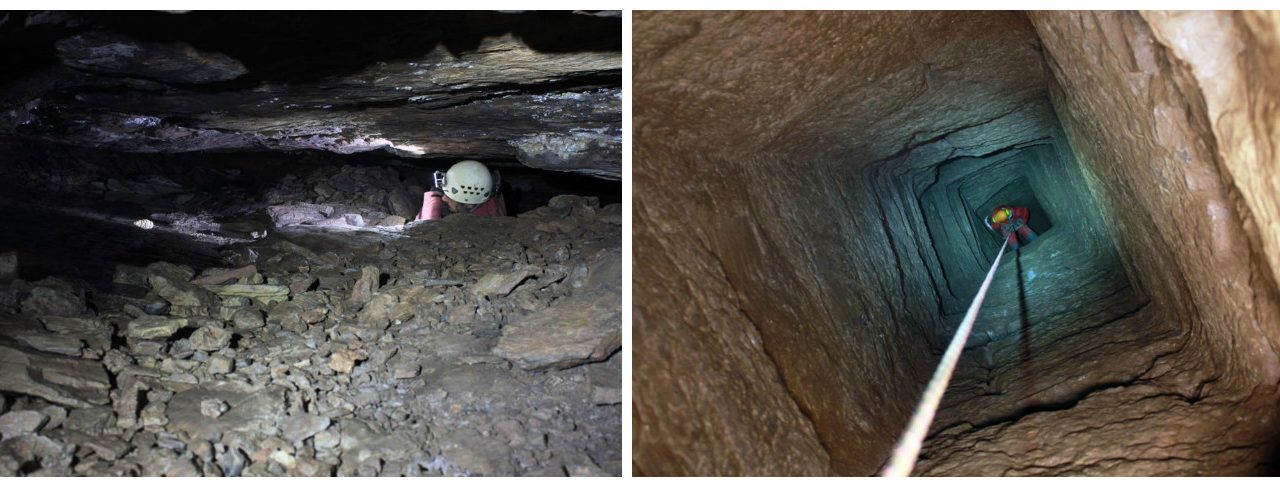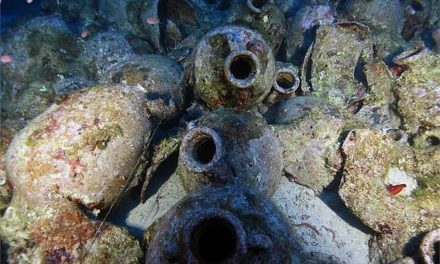A French team of mining archaeologists conducting a subterranean investigation of a 5,000-year-old silver mine at the foot of the Mycenaean Acropolis of Thorikos, in Attica, Greece, have recently discovered a mining complex of inextricable network of galleries, shafts and chambers, with infrastructure unlike any seen from this time period (circa 3200 BCE).
Thorikos, an ancient town near Athens inhabited continuously from about 4500 BC to the 1st century BC, was the site of an extended network of silver mines right underneath the town’s acropolis, which overlooked the natural harbour of Lavrion. About 5 kilometres of subterranean conduits and labyrinths of complex mining works have been explored and surveyed, in what constitutes at present the widest underground network explored in this part of the Aegean world, and the first attempt to study such a complex mining infrastructure. The mines are said to have open spaces that have been untouched for over 5,000 years and there is proof that the mine’s operation dates back to 3200 BCE. Already exploited since the 4th / 3rd millennium BC, by the 5th and 4th centuries BC these silver mines constituted the most important mining district of Greece, laying at the basis of Athens’ domination of the Aegean world.
The cramped mines, the height of which often does not exceed 30 cm, were likely to have been worked by slaves, who endured poor working conditions due to significant lack of light, fresh air and high temperatures that rose up to 21 degrees Celsius. The archaeologists, supervised by Prof. Dr Denis Morin of the University of Lorraine, employed a drone to locate above-ground installations connected to the mining. The team members have also found tool marks on the walls of the subterranean galleries, graffiti, pottery, oil lamps, stone hammers, and crushing areas.

These subterranean investigations are part of a larger archaeological research program on the site of Thorikos directed by Professor Roald Docter of Ghent University, under the auspices of the Belgian School at Athens, the University of Utrecht and the Greek Ephorate of Antiquities of Eastern Attica.
The ongoing research aims to understand the mining technologies of these early periods, the management of mineral resources, their extraction and processing, as well as the circulation of the end products. The mines are exceptional in their lay-out and extension with shafts of perfect geometrical architecture and technique, executed to the millimetre. They show an exceptional concentration of means to extract silver and a sophisticated technical system that in its scale is unique within the ancient world. These achievements of human ingenuity already foreshadow the technological advances of the Middle Ages, according to the researchers.
TAGS: ARCHEOLOGY | HISTORY














